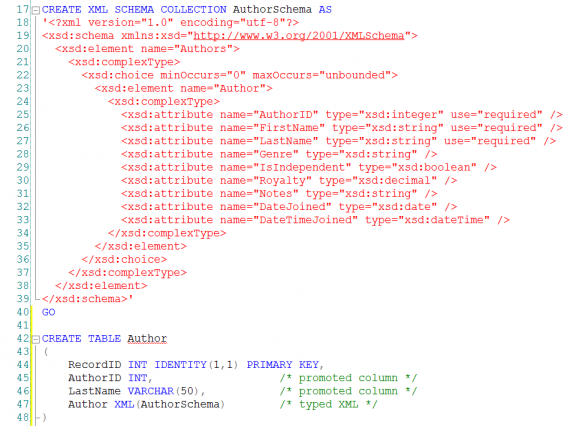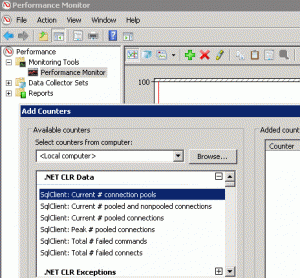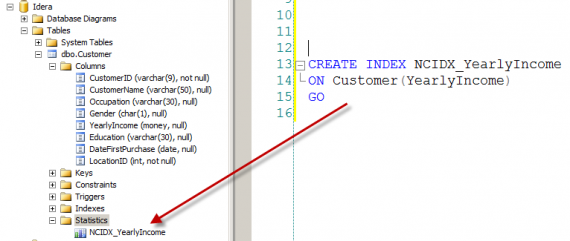There's a lot happening in the world of MySQL and it's really vital to be up-to-date with the latest advancements in this field to stay ahead of the...
posts

Okay, Really – What Can I Do with a SharePoint Farm Configuration Database Backup?
I’ll cut straight to the chase: no, a configuration database backpastedimage1478188484999v3.pngup is not just a fancy paperweight. The prevailing...
Don’t Forget Application Caching to Boost SQL Server Performance
When it comes to SQL Server performance, many organizations look to their DBAs to help fine-tune hardware configurations, optimize indexes, or weed...

Tips for Optimizing XML in SQL Server
I’ve worked on a project that used XML heavily inside SQL Server. We really utilized SQL Server’s XML support almost to the full extent,...
Character sets in MySQL – still not for Windows users.
Recent MySQL versions (first the chaotic series of releases that preceeded 5.5 - 5.2, 6.0 and 5.4 - and now 5.6) adds new 'character sets'...

Consider Your Collations Carefully, Or Pay Later
When first installing SQL Server, many developers and DBAs new to SQL Server may have the temptation to click Next, Next, Next on the installation...

Ensure Proper SQL Server Connection Pooling
Coming to SQL Server from both a database developer and DBA background, I maintain that while tuning SQL Server’s ability to handle your application...
Monyog Custom Counters – overcoming a problem.
In this previous Blog I described an example on how to build a Custom Object in MONyog. But there is one problem you may encounter and that is, that...
Log security and log tables.
Accidentially I came across the statement "SHOW GRANTS requires the SELECT privilege for the mysql database." in MySQL documentation...
How to add a simple Custom Object in Monyog
MySQL is developing rapidly. And today it does not only happen along a single track but in multiple directions simultaneously. This is due to both...
How to Make a Copy of a Database on Windows Azure SQL Database
Windows Azure SQL Database (previously SQL Azure) offers a unique way to make a database copy to another database using the CREATE DATABASE as COPY...
Per-database information in performance_schema, please!
This is a follow-up om my first Blog on performance_schema that appeared here: One particular request that we had frequently from our users is to...
FLUSH STATUS surprise?
What does FLUSH STATUS do? We all know that it will simply reset all status variables (except for 'uptime') to same values as immediately...
Performance_schema considerations.
I have for the first time been spending some time trying to understand the performance_schema. It is not easy to understand everything unless you...
Setting per-server thresholds in Monyog.
Please note that this blog was updated on April 5th 2012. We have added(at the buttom) how to use server TAGS for defining thresholds....

Understanding SQL Server Statistics
Donabel Santos (twitter (@sqlbelle) | blog) – April 25, 2011 “Statistics provides tools that you need in order to react intelligently to...
What are Hardware Requirements for Monyog?
We are often asked by users deploying MONyog what hardware system they should plan for it. Typically they have been evaluating and testing with a...
Customization of monitors & advisors become more easy with the latest MONyog 4.1
The highlights of this release are: * A brand new helper function interface: We have implemented an easy-form based interface for customizing helper...
Take your indexed columns out of functions to really boost SQL Server performance!
In a future article I will show how to quantify and rank your “heaviest” SQL Server queries according to the overall load they place on...
Performance of COALESCE vs. IS NULL
There are a great many articles out there expounding the virtues of using the ANSI standard COALESCE function over the...
“MySQL server has gone away” Part 2: session timeout.
This is the second and last article of a small series on reasons for the error message: “MySQL server has gone away”. The first appeared here...
"MySQL server has gone away" Part 1: max_allowed_packet.
Most MySQL users have tried getting this rather cryptic error message: "MySQL server has gone away". The MySQL documentation describes...